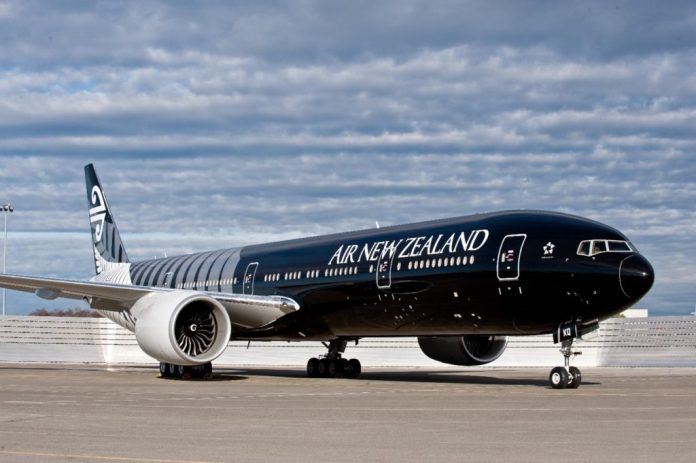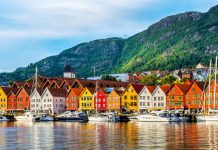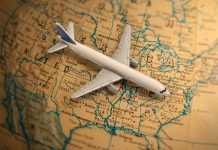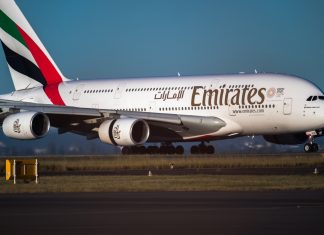After over 700 days of storage in the California desert, Air New Zealand has begun reviving the first of its Boeing 777-300s in preparation for its return to passenger service.
This follows the February return of the airline’s first 777-300 to serve as a freight aircraft.
2020 saw four of Air New Zealand’s seven Boeing 777s being placed in long-term storage at the Victorville facility in California’s Mojave Desert, considering the ongoing COVID-19 pandemic.
A spokesperson for the airline said on Tuesday that due to the “sheer demand for flights,” the company will resume using its wide-body jets that had been stored in the desert.
The first of four B777s is scheduled to be retrieved from the desert and put back into service by the airline over the next several months. On August 13, 2020, the plane was shipped to a new home in Victorville, and it won’t be leaving until later this month, 2021.
As Air New Zealand’s Chief Operating Officer Alex Marren put it, “no one could ever forecast what would happen in the pandemic,” and given that “demand has come back quicker than anticipated,” they felt it was time to return the planes back from Victorville.
Our 777 fleet needed a warm, dry place to be parked, and we made the difficult decision that the desert would be perfect for it. They’ve been in long-term storage for about two years, and they’re still in good shape. Working with a local maintenance contractor, our crew has estimated that it will take six to eight weeks to get the 777-300 back in flying condition.
After a thorough cleaning, engineers remove the covers from the plane’s wheels, windows, sensors, and wings. This is what Marren says happens.
Once the inspection is complete, the plane must go through a “thorough servicing and maintenance programme” before it can fly passengers again.
He added that the jets had been maintained throughout their time in California and that a lot of work is involved in getting them ready to welcome customers back on board. This included servicing the wheels on the landing gear and examining the upholstery and in-flight entertainment system.
The 777-300 is our largest widebody plane, with space for 342 passengers and 154 cubic metres of cargo. Additional 777-300 flights will greatly improve New Zealand’s ability to connect to the rest of the world, he said.
In order to keep up with demand, we have had to rehire flight attendants, pilots, and engineers since these planes have returned to service; it’s great to see so many people interested in coming back to the airline industry again. Our pilots and flight attendants are eager to get back to work so that they may carry passengers from Auckland to San Francisco, Sydney, Melbourne, and beyond. The operational aircrew will be relieved to be flying a different type of route than they were during the height of the pandemic and, for some, returning to the 777-300 after more than two years will be an emotional reunion with one of their favourite planes
























